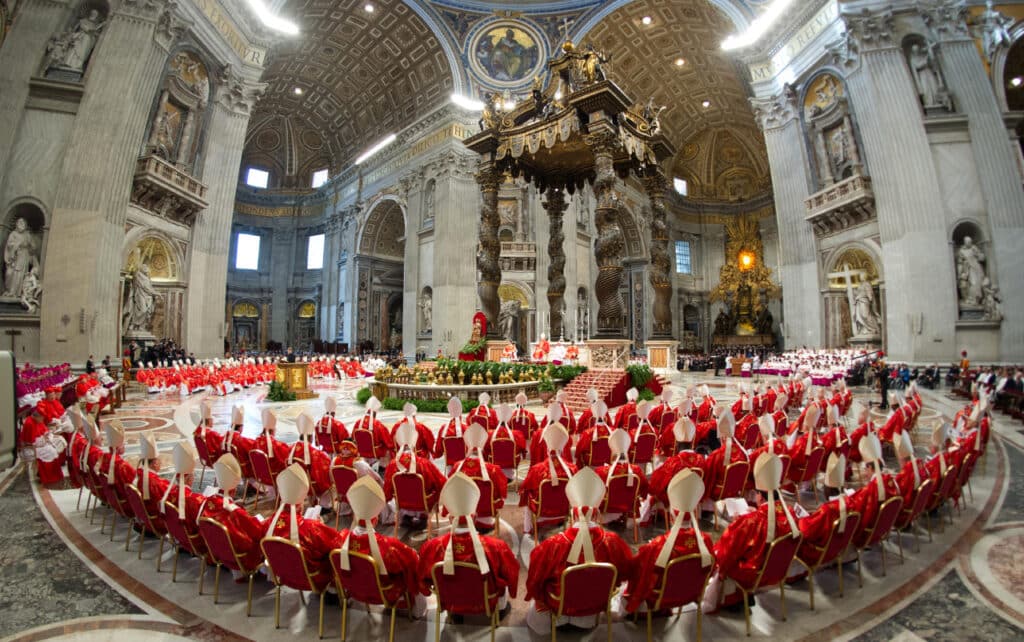Aquinas’s Summa Background, Structure, & Reception is a useful book by Jean-Pierre Torrell, published in 2005. Aquinas’s Summa Background, Structure, & Reception is useful because the Summa Theologica, written by St. Thomas Aquinas (a doctor of the Catholic Church), is 6 6-volume long. Aquinas’s Summa Background, Structure, & Reception is only 156 pages long. Readers will keep turning to Aquinas’s Summa Background, Structure, & Reception instead of the 5 volume tome. Aquinas was made a doctor of the Catholic Church because he defined many of our practices in The Summa Theologica. This is like the crib notes version of the much longer book. Do you find summaries useful?
Summary of Aquinas’s Summa Background, Structure, & Reception

Aquinas’s Summa Background, Structure, & Reception is a useful summary. So useful, this article presents a detailed summary of it. Saint Augustine’s Confessions is filled with autobiographical references; the Summa is not like that, though Aquinas’s Summa Background, Structure, & Reception does present some biographical data. Aquinas was born in 1224 or 1225 in the castle of Roccasecca in southern Italy, halfway between Rome and Naples. Of the lesser nobility, his family was related to the Counts of Aquino, from whom he got his name.
It is best to think about the Summa Theologica in three parts. The first part of the Summa Theologica contains the premise that God governs the world as the “universal first cause.” God sways the intellect; he gives the power to know and impresses the species intelligibiles on the mind, and he sways the will in that he holds the good before it as an aim. “To will is nothing else than a certain inclination toward the object of the volition which is the universal good.”
The second part of the Summa’s theme is man’s striving for the highest end, which is blessedness. Here, St. Thomas develops his system of ethics, which derives from Aristotle. In a chain of acts of will, man strives for the highest end. They are free acts, insofar as man has in himself the knowledge of their end. Whether the act is good or evil depends on the end. The “human reason” pronounces judgment concerning the character of the end; it is, therefore, the law for action.
The theme of Part III is Jesus Christ. It can be asserted that the incarnation was necessary. In Christ, the Union between the Logos and the human nature is a “relation” between the divine and the human nature, which comes about by both natures being brought together in the one person of the Logos. An incarnation can be spoken of only in the sense that the human nature began to be in the eternal hypostasis of the divine nature. So Christ is unum since his human nature lacks the hypostasis.
No one had ever written down these thoughts before. St. Thomas Aquinas defined the in the vast Summa Theologica, those thoughts and ideas are usefully summarized in Aquinas’s Summa Background, Structure, & Reception. A book that summarizes a much larger and more complex volume. Because he defined many key concepts in the Summa Theolgica, St. Thomas Aqinas has been named a doctor of the Catholic Church.
Conclusion
Aquinas’s Summa Background, Structure, & Reception is a good book to read because it is only 156 pages long and it summarizes hundreds and hundreds of pages in the Summa Theologica. This book was written in 2005. It is like a crib notes summary of the Summa Theologica. Readers will keep turning to Aquinas’s Summa Background, Structure, & Reception as a reference. It is a valuable part of the library for anyone who wants to better understand this great work.








